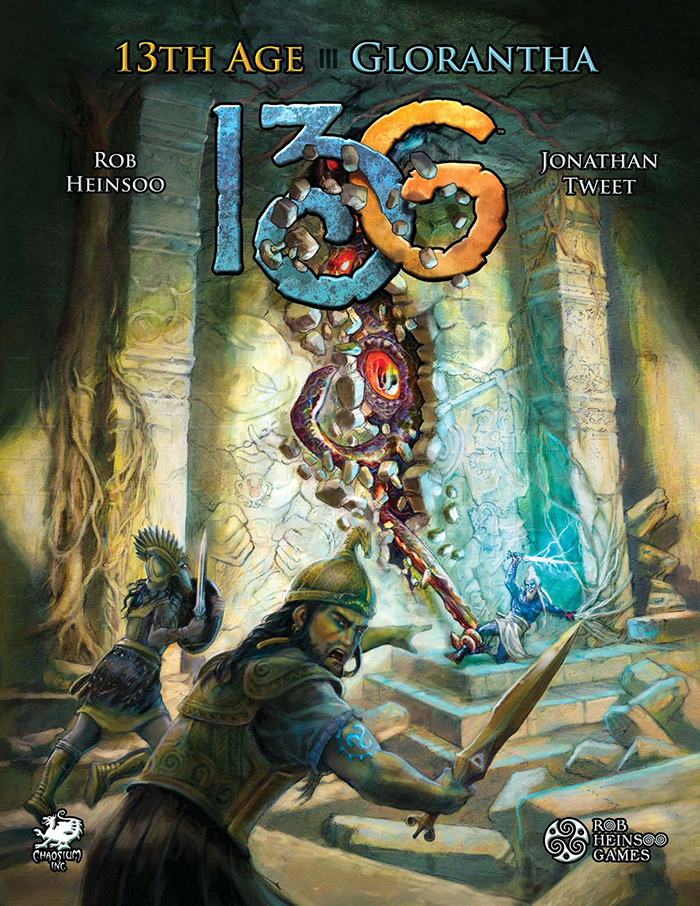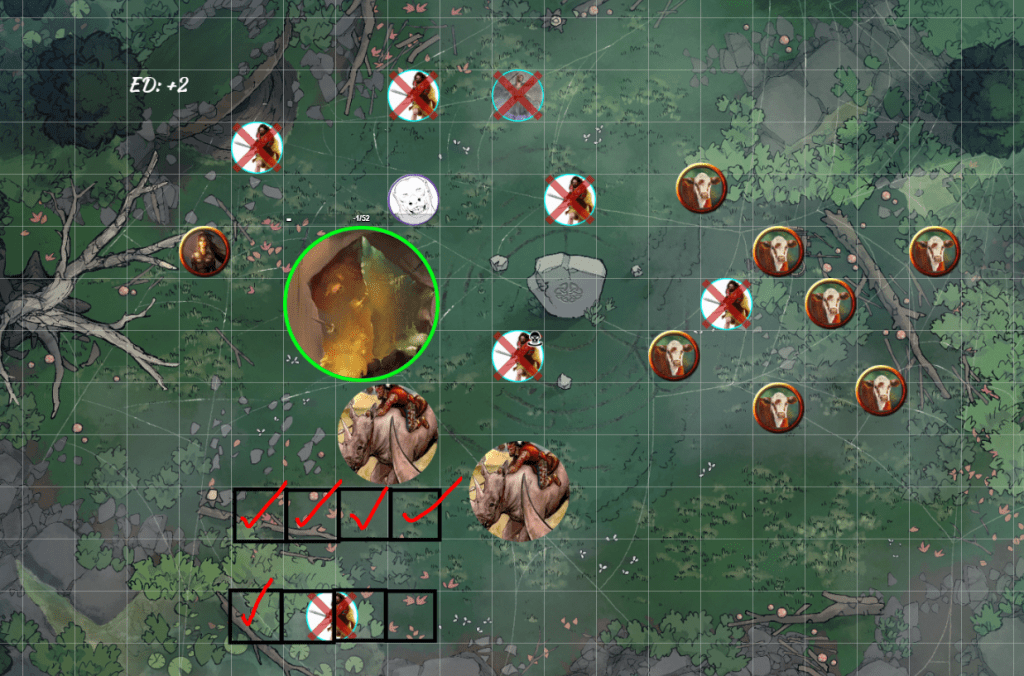A while back on twitter I posted about one of my gaming bugbears (not the furry kind) – players avoiding risk when the rest of the group is embracing it. This led to part one of this post, where I looked at Risk Avoidance, probably the biggest – and most frustrating – Bad Player Habit (BPH). Now it’s time to look at the other two big BPHs – Revisiting and Un-Roleplaying.
While you’re reading this, I should tell you about my Patreon. Patrons get access to content 7 days before they hit this site, the chance to request articles or content, and the chance to play in one-shot games, for a very reasonable backer level of £2 per month. If you like what you read, want to support the blog, and have the funds for it, please consider supporting here. Telling people about the blog, and sharing links/retweeting is much appreciated also – thanks!
Remember, this isn’t me dicking on noobs – in my experience these are always done by players who should know better – experienced roleplayers who probably do this every single game. And, again, whenever I’ve seen this it’s been one player not realising the effect they’re having on the rest of the group – maybe spotting these is something players should think about too.
Revisiting
GM: Right, so you’ve discovered the Ruby is in the Caves across the Desert of Ja’darr – and secured a guide who thinks he can trick a roc to get there. So as you creep across the mountain to the rocs nest….
Player: Wait, before we set off I want to talk to the merchant again. What does he know about rocs?
GM:….
Player: And does he have any more clues about the Caves?
GM:….
Player: Also, I want to buy a new sword.
This is the enemy of pace, and it can be frustrating for everyone at the table. It’s not hard to see how it develops – some types of games reward methodical analysis, and risk missing important pieces of information if every room is searched and every possible witness interrogated. These types of games are rubbish, by the way – avoid them.
How To Avoid It
One way you can mitigate this is by being clear when all the information is extracted – “so, the merchant has told you everything,” and even add in whatever in-game reason to prevent further investigation “well, the sun is nearly down, I’d better pack up for the day – I cannot talk any more!” Do this in-character first, and then move to direct, in-game if the hint isn’t taken. It’s also fine to say no if the player wants to go back in time – if everyone else at the table, including you, wants to move to the next scene, you can certainly go to the next scene.
The passage of time also helps – I think having a pace in investigative games of each location, clue, or witness taking at least half a day is a good pace to start with. Prep your clues sufficiently far apart to support this, and any investigation game needs a looming countdown or other pace-setter to help investigation be done at speed.
Un-Roleplaying
GM: The merchant eyes you across the table… “Aye, I could tell you how to cross the desert, but I promised to never speak of it to outsiders again…”
Player: We knew he’d say this. Can we bribe him?
GM: …
Player: Why doesn’t he want to speak to us? I’ll Intimidate him (rolls dice)
GM: “Outsiders must never discover the secrets of Ja’darr…”
Player: Is 16 enough? Will he tell us now?
Look, I get it. There are some players who do not want to talk in character. I have a particular balance of tastes about the amount of in-character talk at a table, and I’m left cold by the lengthy in-character discussions that some streamed games have (it’s an audience/player distinction, though – I get why they do it). But you can get players who will actively resist any kind of character interaction, including just saying what their player
But if you get just one player who actively resists talking in character, it can mean nobody at the table does. And while we all might have different tastes, I’d like more than zero of it in a session. If they really don’t want to, narrating what they say is fine (“I ask him what his problem with outsiders is” is a way round that doesn’t interrupt the rhythm of the game).
How To Avoid It
So how can we encourage a bit of in-character talk? Well the first thing is by baking in some character relations in our pregens or session zero process. If they’ve got some stuff to talk to each other about, they might actually do it. The other is by having some NPCs to start the conversations, who can ask in character for players to respond to. Having some sort of feckless ally travelling with them into the dungeon is a great way to make sure there’s some in-character chat even in the most barren of RP landscapes, and they can provide a helpful Greek chorus-echo of what’s going on.
The amount of in-character chat is a good thing to handle at the start of a one-shot or in a session zero, too – getting this element of play culture aligned is really crucial.
So, there’s the top three BPHs covered. Do you have others? Or are some of these acceptable at your table (let me know, I can pass some players your way at the next convention we’re both at!) Let me know in the comments below.


